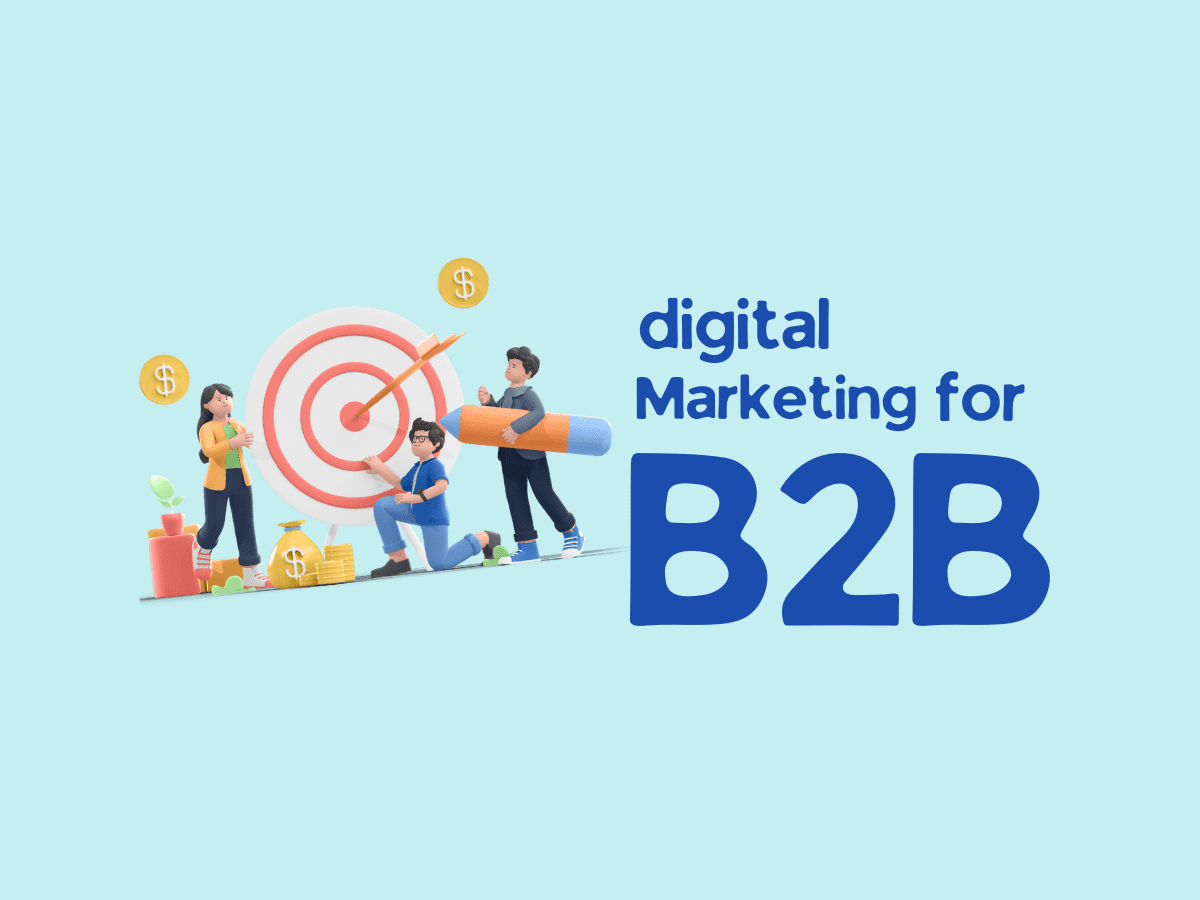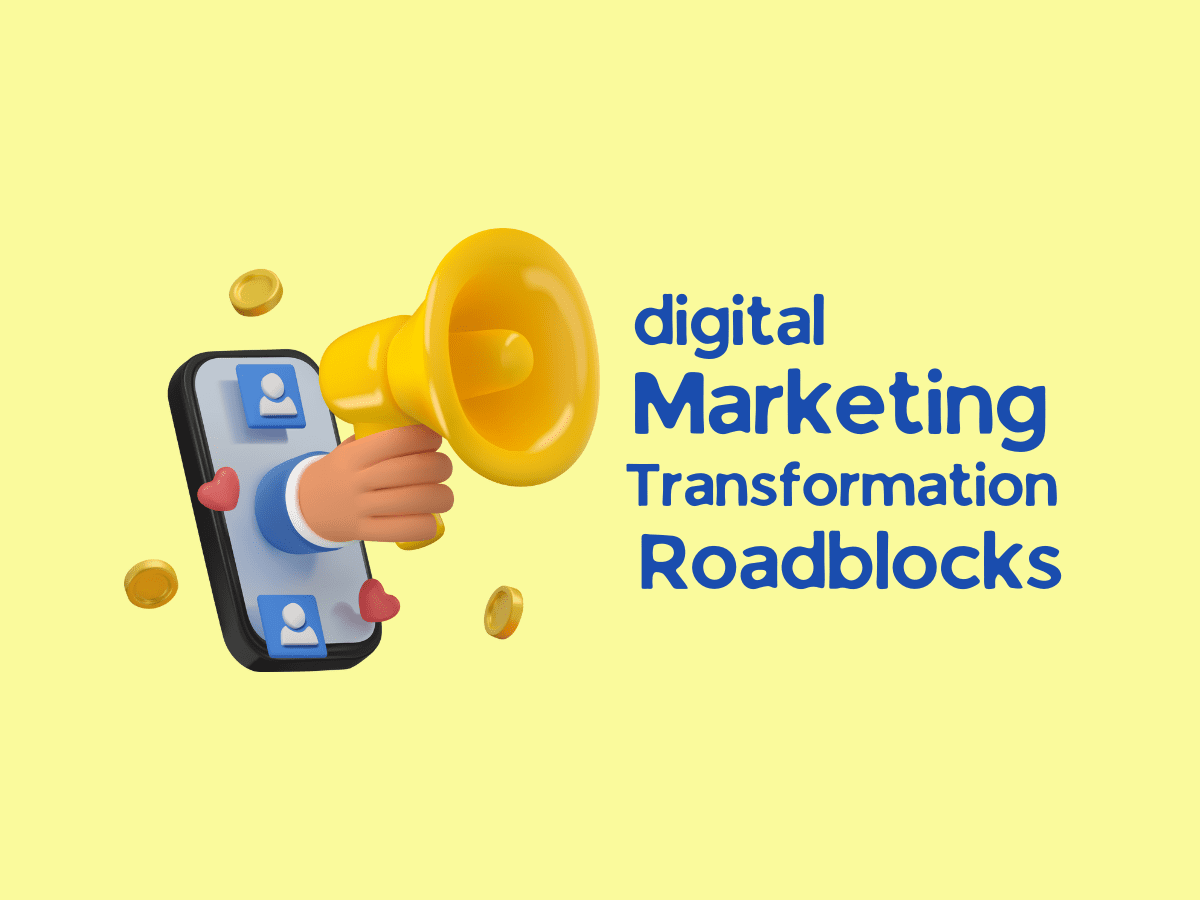The spring of 2006 brought a wave of a digital revolution, rising from Massachusetts USA, this wave gradually engulfed the whole world. People were ready to connect with their long-lost friends around the world. If that wasn’t enough, you could constantly know what all your friends are doing during the week. This quickly became the century’s biggest trend, this was Facebook.
As of now, Facebook (renamed Meta) owns a big chunk of the major social media market, occupying big names like Chainspace, WhatsApp, and Instagram. Mark played smart, not just with the technological developments, but also with the market acquisition, spending more than $23.3 billion in the process, for a quick comparison, that’s more than Zimbabwe and Maldives’ combined GDP!
That said, the trust that Facebook had in its users has never been the same over the years as the brand and founder constantly get listed in a bunch of acquisitions all around the world, ranging from data privacy to many suspecting that Facebook listens to all its users.
However, leaving the controversies aside for the ones interested, there’s a lot to learn from the ways of the brand and how you as a digital marketer can put all of the learning into phenomenal use. Through the hard times of exponentially growing competition, let’s see how Facebook managed to retain the power it still has in the market.
Strategies to Success
Throughout development, Facebook has undergone nothing less than a metamorphosis. Starting from a medium to stay connected to your friends, to becoming a hybrid marketplace, game zone, organization hub, and whatnot.
Regardless of the continuous change, it showed that the most important factor for constructive change is sticking to your values. Facebook still, to its baseline, is an excellent way to stay connected with your people. Also, staying relevant isn’t always easy while also accompanying constant change. Keeping that in mind, let’s take a look at the chain of strategies Facebook used to develop itself into an immortal name in the industry.
- Constant tech developments
- Market acquisition
- Tackling competition
- Sticking to the concept
- Evolution
- Secret marketing
We’re sure you already have a lot of thoughts bubbling up in your head right after reading these titles, but let us shed some light on how these unique strategies were put to optimum use.
Constant tech developments
Since the start of the company, its founder, Mark Zuckerberg has barely left any room for improvement. Any possible upgrade to the company was instantly added on without thinking twice of the consequences on the performance or budget, love or hate—this has been by far the strongest driving force for Facebook.
Market Acquisition
Mark has an excellent team of marketing geniuses working alongside him, taking the next right step and avoiding wrong decisions are the key skills of an elite strategist. Having a big share in the market always helps, when you have a bigger market share, you have a bigger community, a bigger following, and thus, a bigger user base.
Tackling competition
This big strategy goes unnoticed by a big part of the Facebook user community. Since its early years, Facebook has been putting a lot behind acquiring the next big thing. When you’re the big name in the market, the easiest way to tackle competition is by owning your competitors. As discussed earlier, Facebook has spent over $23 billion, in just acquiring the potential competition, resulting in not just a bigger community, but also obliterating the competition.
Sticking to the concept
This goes without saying, Facebook has stuck to the basic concept of connecting people even after these years of changes and development. It still reminds you of the early years and even if the potential of UI development is virtually unlimited, Facebook decided to never shift a lot from their initial look, the interface still has almost the same look with just little aesthetic changes that were obvious with time.
Evolution
While acquiring your competition and constantly investing in technological developments is obvious and sticking to base value is necessary, evolution is the third aspect of growth. With time changes era and with the era, trends change. Opinions, choices, values, and fashion, everything changes with trends almost every year and every decade faces a completely visible change in lifestyle. Facebook did an amazing job at integrating the upcoming trends at an appreciable pace and also keeping the user intent alive. Acquiring brands like GIPHY, Beatsaber & many more was a sleek part of this strategy. This goes down as one of the most underrated but effective strategies.
Secret marketing
And at last comes the controversial side of the coin, occupying a little section but enough to express it all. Throughout the past years, Facebook is accused of many things which we won’t list down due to the existence of opinionated polity. But one conspiracy opinion states that all this is fabricated just so as to keep the name of the brand in highlight at all times. This might sound funky but is evident with enough obvious incidents. The brand is always on the news, always in limelight, be it positive or negative, it’s publicity at its finest.
Regardless, what we need to learn from Meta, is the elite configuration of strategies and always keeping up with the world’s pace are two of the key secrets to success.
With that, we conclude this amazing article and you are free to leave your opinions down in the comments down below. Make sure to subscribe to our newsletter for similar informative content. See you on the flip side!










